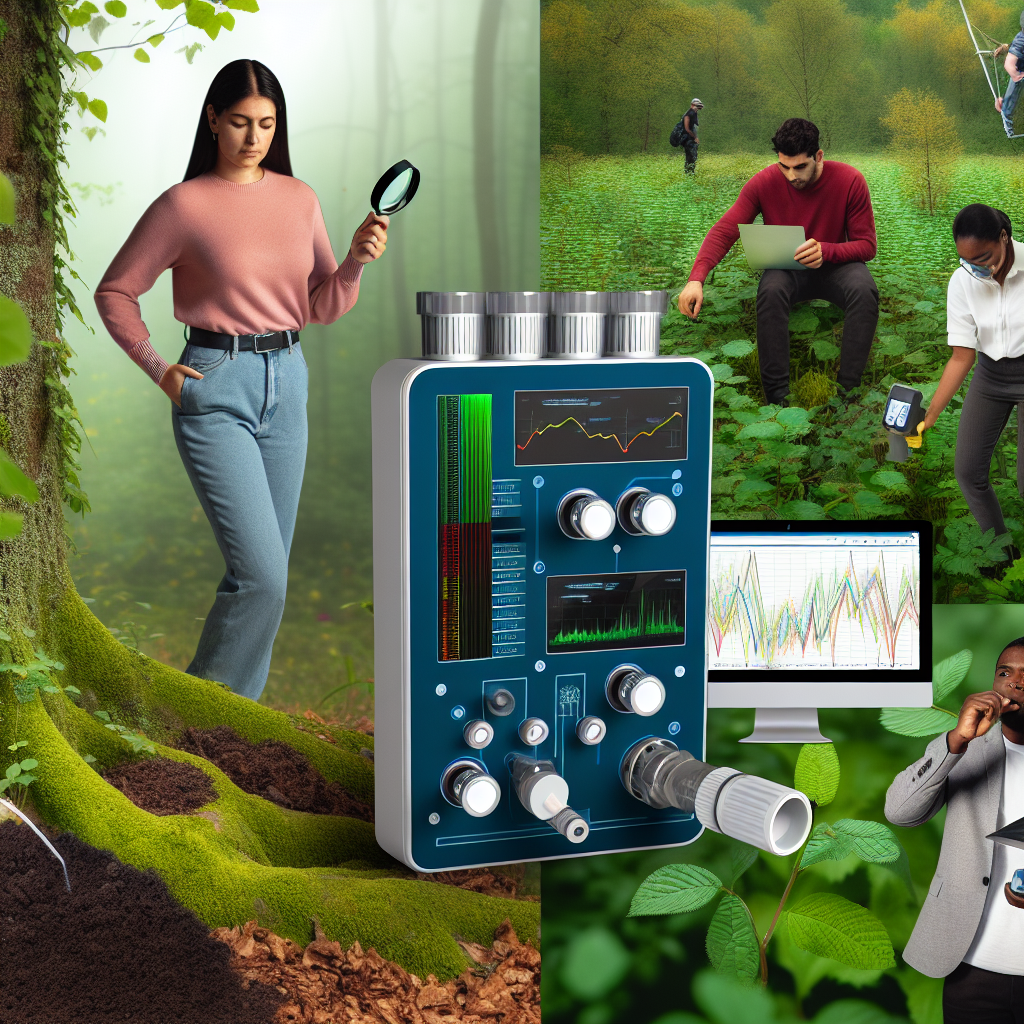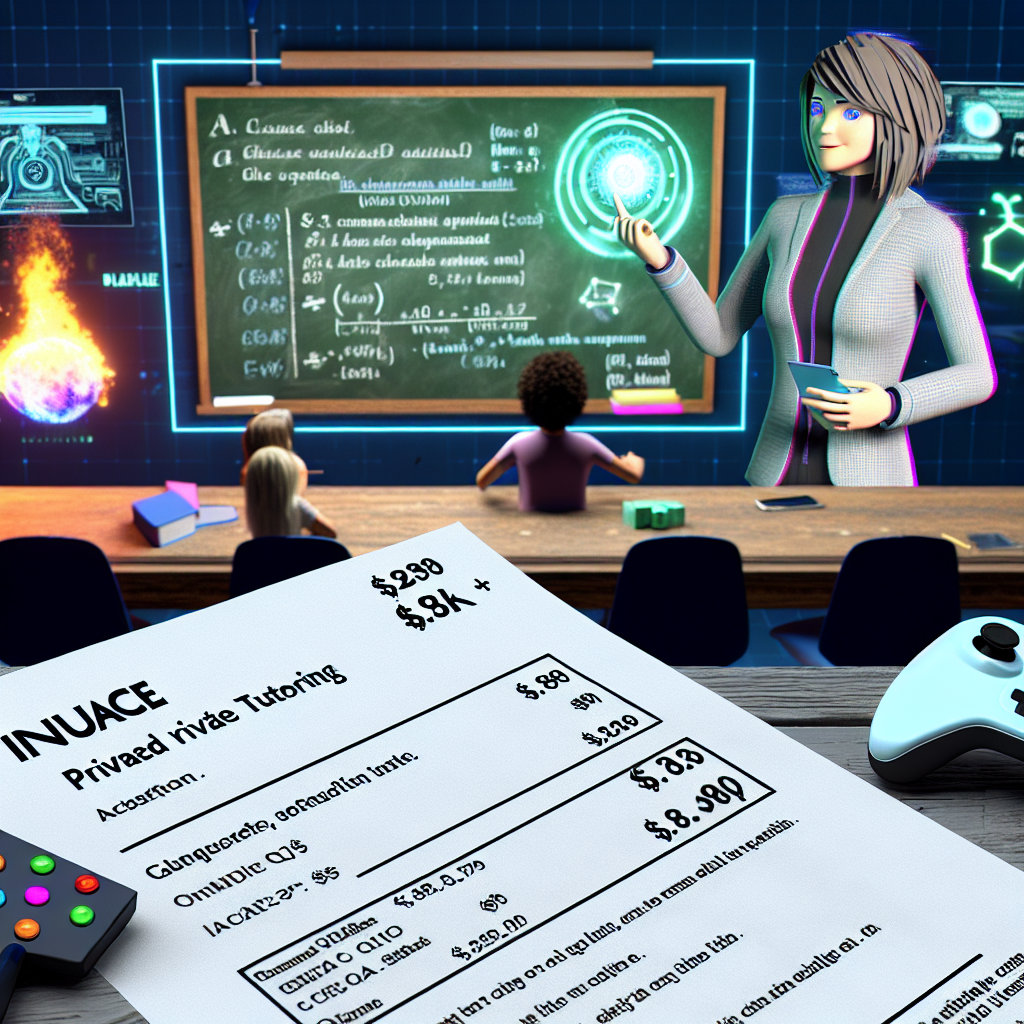Custom Ecological Monitoring Systems: Teaching Environmental Stewardship Through Proprietary Technology
In a world where climate consciousness is paramount, environmentally minded parents are eager to ensure their children grow up with a strong ethos of stewardship and sustainability. For families of means, opportunities to instill these values go far beyond the classroom. Today, a transformative new mode of learning blends bespoke technology, environmental science, and experiential education to create deeply personal, insightful lessons in caring for the Earth.
Enter custom ecological monitoring systems—a cutting-edge, high-end educational tool that unites intentional parenting with elite environmental innovation.
High-Tech Meets High-Ethos: What Are Custom Ecological Monitoring Systems?
Custom ecological monitoring systems are personalized setups designed to monitor, measure, and analyze environmental changes in real time. Powered by the Internet of Things (IoT), artificial intelligence (AI), and renewable energy innovations, these platforms bring modern environmental science directly into private homes and estates.
Unlike generic weather stations or passive backyard sensors, these bespoke systems are tailored to each family’s unique landscape. They track a range of variables including air and water quality, biodiversity levels, soil composition, seasonal atmospheric changes, and even carbon sequestration. All data is aggregated into highly visual dashboards accessible via child-friendly devices like iPads or touchscreen kiosks within the home.
Imagine a child observing how reducing sprinkler usage affects the soil’s moisture reading, or tracking frog population fluctuations in their family’s wetland garden. It becomes a personal science laboratory, reinforcing both scientific curiosity and ecological empathy.
Engaged Learning at Home: Interactive Environmental Experiences
Beyond observation, interactive environmental monitoring systems allow children to make decisions and see their environmental impact in real time. Features like smart irrigation controls, habitat restoration modules, and reforestation sensors turn young learners into active stewards of their own micro-ecosystem.
By testing variables, analyzing changes, and directly influencing small ecosystems under thoughtful supervision, children build a foundational understanding of cause and effect. This interactivity transforms a private garden or estate into a sandbox for immersive STEM education mixed with values-driven responsibility.
Much like a flight simulator for aspiring pilots, these systems serve as ecological simulators for young minds—making lessons in sustainability feel natural, exciting, and immediate.
Scientific and Practical Insights: Why Experiential Learning Works
Experiential learning—learning by doing—has long been championed as critical to deep comprehension, particularly in science education. In a study by Ardoin, Bowers, and Gaillard, published in Frontiers in Psychology, hands-on engagement in environmental education was found to improve students’ academic achievement, connection to nature, and pro-environmental behavior.
When children become active participants in environmental monitoring, the learning outcomes are measurable and lasting. This method of education supports the child’s cognitive development, systems thinking, and emotional connection to the natural world. These are precisely the kinds of benefits that custom ecological systems are poised to deliver.
Place-Based Education for Peak Learning Outcomes
Research from the North American Association for Environmental Education (NAAEE) emphasizes the importance of place-based learning—connecting education to the local environment. Kids perform better academically when they learn within the context of their surroundings. They’re also more likely to develop personal stakes in ecological preservation.
The luxury sector has recently embraced this educational model by integrating smart, sensory-rich technology into everyday life. Popular features of tailor-made platforms include the following:
- Air and water quality sensors tracking CO2, PM2.5, nitrogen dioxide, and more
- Wildlife camera traps powered by AI to identify and log local fauna over time
- Drone-assisted surveillance for forest health, tree canopy coverage, or garden wellness
These formerly professional-grade tools are now being scaled down in elegant, child-accessible formats that bring the wonders of nature right to the family doorstep—allowing children to analyze, care for, and restore ecosystems on their home turf.
Connecting Climate Education to Mental Health
Today’s children are growing up amidst climate anxiety and ecological uncertainty. But by transforming their direct environment into a source of dynamic, evidence-based engagement, families can turn the narrative toward hope, action, and emotional well-being.
A study from the American Academy of Pediatrics finds that exposure to green space and participation in nature-based learning improves attention span, emotional regulation, and overall mental health in children.
These personalized systems provide not just scientific insights—but comfort, consistency, and joy. Careful stewardship of one’s own natural settings becomes a grounding ritual, shaping not only understanding but emotional sustainability from an early age.
Going Global from Your Backyard
Many ecological monitoring systems now integrate with global platforms like iNaturalist and Edoki Academy’s Montessori-based apps. This elevates a single family estate into a node in the broader network of citizen science and climate activism.
A 10-year-old student in Napa Valley might upload observations of butterfly species to iNaturalist and compare them with a peer’s recordings in Nairobi or Norway—fostering a global network of eco-literate youth connected through shared data and purpose.
The Future Is Personal: Why These Systems Matter
More than just gadgets or educational add-ons, custom ecological systems inspire planetary awareness by linking it deeply to personal spaces. They contextualize otherwise distant topics like climate change or carbon cycles within a child’s daily life—making sustainability not a trend, but a lived experience.
In the hands of affluent families looking to leave behind more than financial legacies, this technology offers a philosophy. And in the hands of a child, it becomes possibility—actual data, actual choices, actual engagement.
Conclusion: Empowering the Next Generation of Eco-Stewards
Custom ecological monitoring systems represent a paradigm shift at the intersection of education, technology, and environmental values. For parents who wish to raise thoughtful, innovative, and grounded children, these systems offer a powerful opportunity to align personal lifestyle with planetary care.
Through visual dashboards, interactive modules, and real-world experimentation, these tools empower learners to become not just observers—but creators of sustainable futures.
It starts in your child’s backyard. And it just might shape the world.
References
- Ardoin, N. M., Bowers, A. W., & Gaillard, E. (2020) – Environmental Education and K–12 Student Learning: A Systematic Review and Analysis of Research
- North American Association for Environmental Education – Benefits of Environmental Education
- American Academy of Pediatrics – Nature and Children’s Health
- Children’s Environmental Literacy Foundation (CELF) – Programs & Impact
- iNaturalist – A platform for citizen science and biodiversity
- Edoki Academy – Montessori-Inspired Educational Apps

Dominic E. is a passionate filmmaker navigating the exciting intersection of art and science. By day, he delves into the complexities of the human body as a full-time medical writer, meticulously translating intricate medical concepts into accessible and engaging narratives. By night, he explores the boundless realm of cinematic storytelling, crafting narratives that evoke emotion and challenge perspectives. Film Student and Full-time Medical Writer for ContentVendor.com



